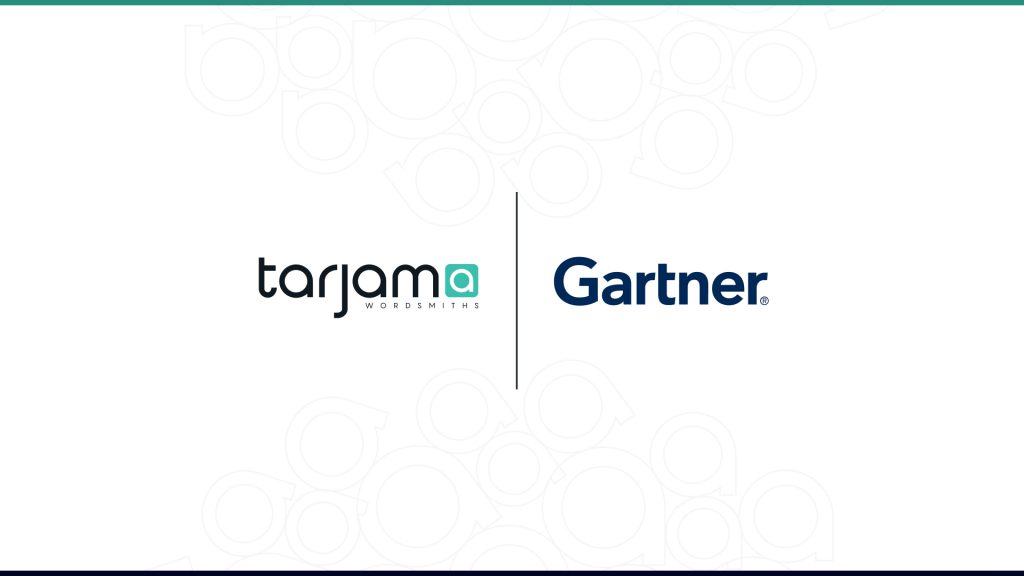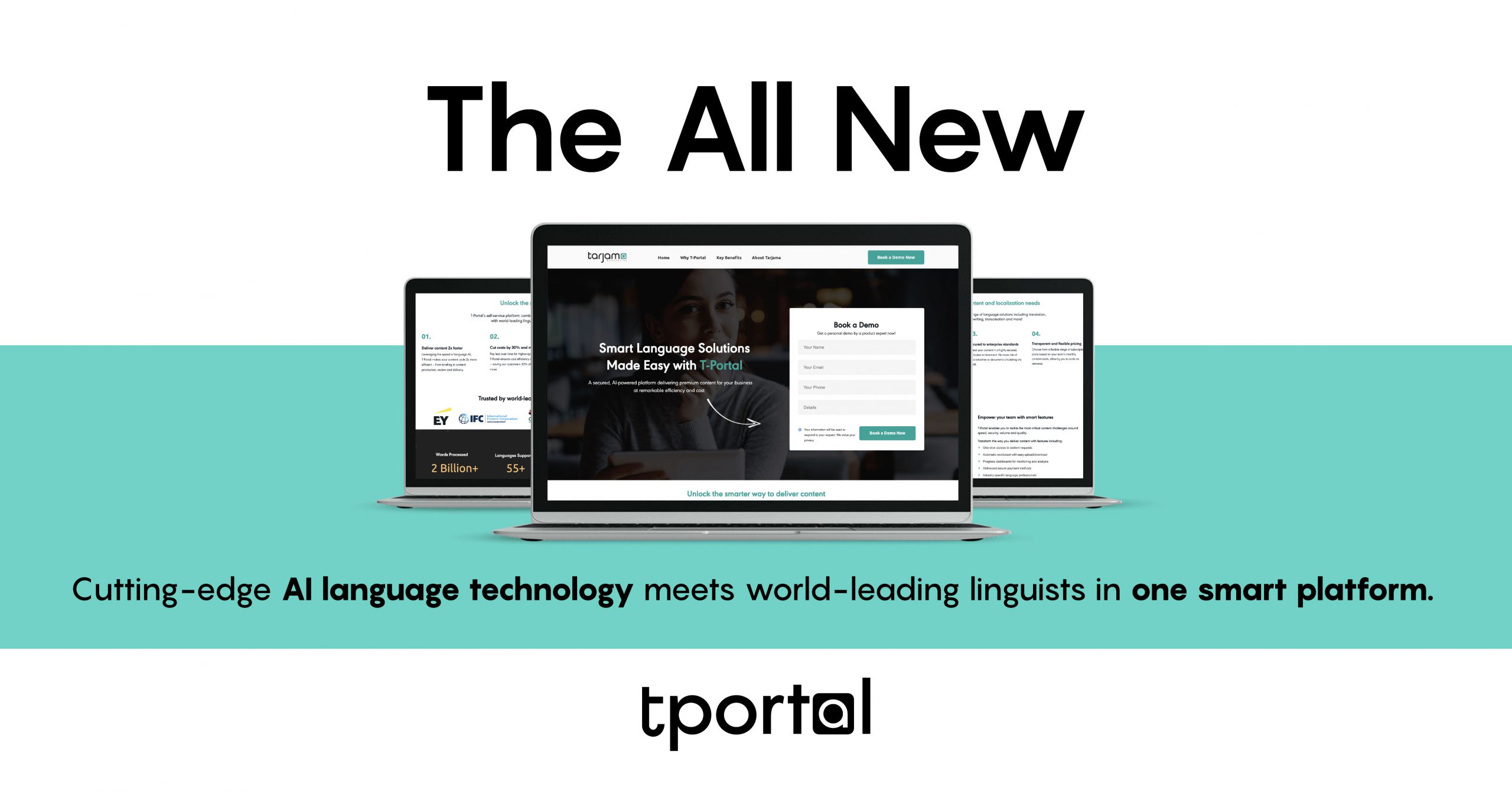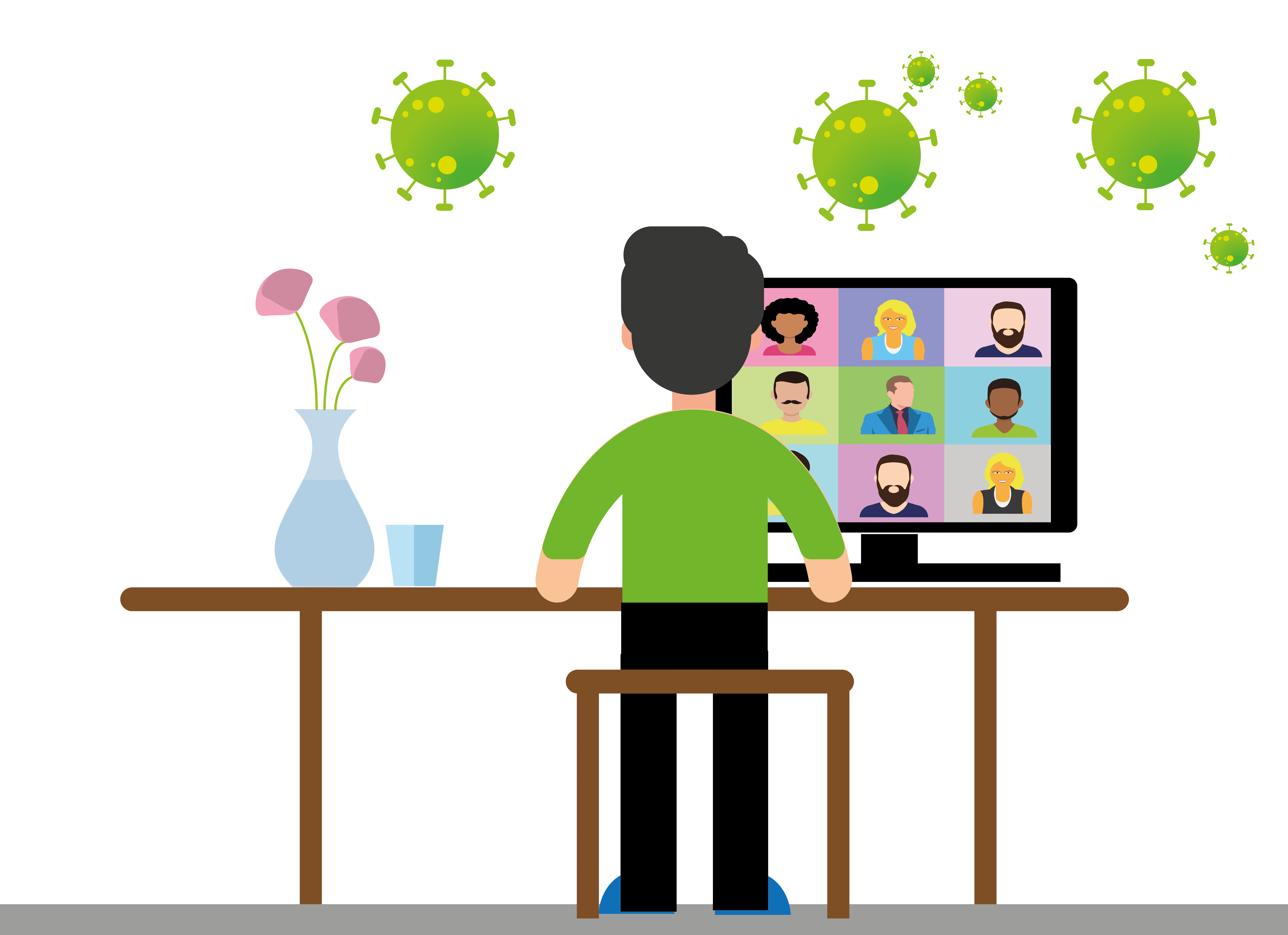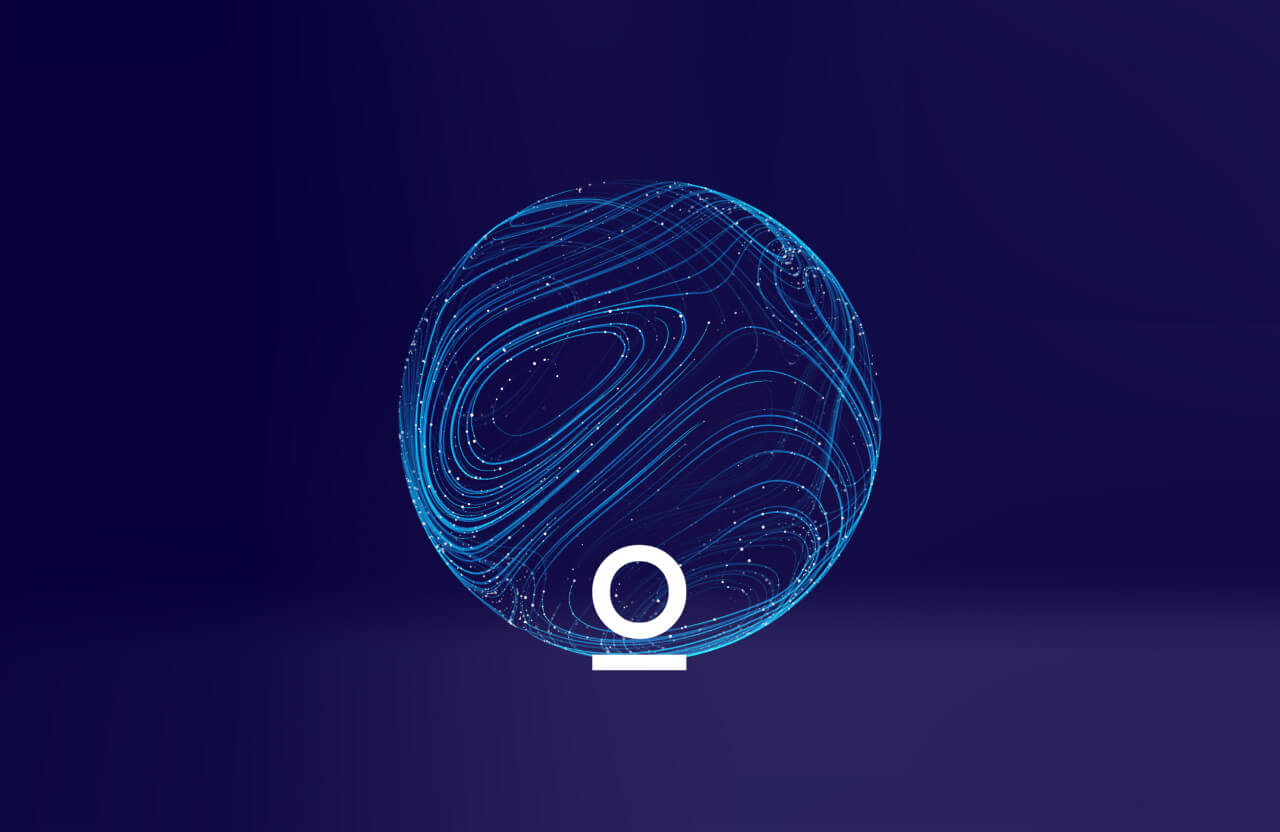In the second episode of our Machine Translation Webinar Series on April 7th, 2021, we discussed e-commerce localization and its relationship with machine translation (MT). Attendees tuned in from over 40 countries around the globe and speakers brought the ideal mix of experience from both e-commerce (Noon) and machine translation (Tarjama):
Ajmal Hassan, Vice President of Catalog Quality & Private Label at Noon
Abdallah Nasir, Machine Learning Engineer at Tarjama
Here are our most important takeaways from the event:
Shifted shopping patterns catalyzed e-commerce growth
People are constantly changing what, when, and how they’re buying products and services. With COVID-19, e-commerce witnessed accelerated growth across the globe and within the MENA region, where customers drastically shifted to online shopping. With cities and countries going under complete lockdown, customers became more knowledgeable and aware of e-commerce as a solution to buying what they want and need. Shopping behavior shifted to a focus on necessary essentials, which increased the demand and sales for essential goods. Many customers who were reluctant to use digital methods of payment now use it with confidence – given that a cashless shopping experience became a safer method in the context of the pandemic.
Successful e-commerce focuses on constant adaptation
The challenge with e-commerce is to ensure a seamless and enjoyable shopping experience. With the constantly changing ecosystem that we live in, Ajmal explains that it’s important for an e-commerce company to stay agile, flexible, and adaptable. The focus must be on implementing audit mechanisms that help you identify what’s working and what’s changing, and accordingly adapting and pivoting your strategies quickly to suit the changing consumer needs.

When Noon observed the huge increase in essential goods being bought online, they swiftly bootstrapped and launched Noon Daily – a subscription-based platform that provides customers with groceries and essentials at fast delivery rates.
Automation in e-commerce also proved to be of key value in the past year – where collaboration on digital platforms became essential for all stakeholders across the supply chain, including internal teams, sellers, and customers alike.
One size does NOT fit all
In today’s age of digitization, shopping has become very personal and customers expect very localized experiences. The majority of non-English natives want to engage with e-commerce platforms in their local language. The challenge is to build a solution where – irrespective of what sellers are offering – customers see all the products and services in their local languages. E-commerce localization should focus on creating a personalized experience for shoppers in these 4 main areas across the platform:
1- Search & discoverability
2- Product detail pages
3- Product reviews
4- Marketing communications
Machine translation helps scale e-commerce
To accommodate the pace and volume of work needed to localize e-commerce while preserving content quality and minimizing costs, machine translation plays an important role. As e-commerce companies scale up, integrating Machine Translation Post Editing (MTPE) into their localization workflow becomes vital. Since MTPE uses both machine and human translation which work hand-in-hand, it helps produce faster translations that are less costly, without jeopardizing the quality. The challenge is to find the balance between raw machine translation, human translation, and MTPE that works for your company goals, workflows, and products. There’s no golden rule for how much human involvement to use for each product or page, but some points to consider are the product price, ROI, and visibility.
Custom MT models = higher speed and accuracy
Custom MT models can be built for specific industries, including e-commerce. Custom MT models are built on your own data, which means that instant translations are more accurate to your business and industry lingo. This results in faster production of translations, less effort needed for human editing, and higher output quality – when compared to generic MT models.

To get started with your own Custom MT model, Abdallah Nasir explains that you need to send your previously translated data in language pairs to your language technology provider (the more the better!) Machine learning engineers use your data to train MT models, then evaluate and refine the model output.
Be the first to know about our upcoming episodes in the series. Join our mailing list!





















